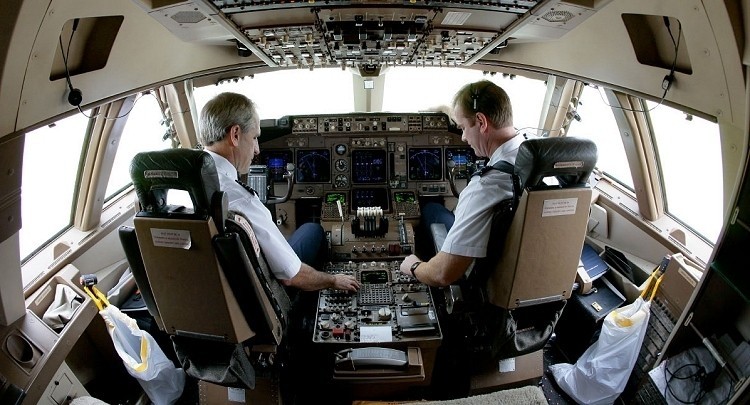The Federal Aviation Administration will soon allow airline passengers to use electronic devices throughout their entire flight, not just above specific altitudes. The decision officially arrived following months of study from a group of aviation experts but is still subject to individual airlines proving to the FAA that their planes can safely carry passengers using such devices.
In a statement on the matter, the FAA said they expect many carriers will meet the requirements by the end of the year. Once met, users will be able to use portable electronic devices like tablets, notebooks, e-readers and mobile phones - in airplane mode (without a live cellular connection) - gate-to-gate.
Up to this point, passengers were required to power down their devices at takeoff and during landing when the aircraft was below 10,000 feet. It was long believed that using such devices during takeoff and landing would produce radio signals that might interfere with a plane's communications, navigation and other critical systems.
Newer aircraft have been built with these electronics in mind with the necessary protections in place to prevent electromagnetic interference.
Even with the relaxed regulations, passengers are still prohibited from making mobile phone calls or sending text messages. These actions, aside from being very annoying to other passengers, could still interfere with ground networks, the FAA claims.
Lawmakers like Senator Claire McCaskill believe the FAA took too long in making the change. In an e-mailed statement, McCaskill said it was great news for the traveling public and frankly, a win for common sense.
